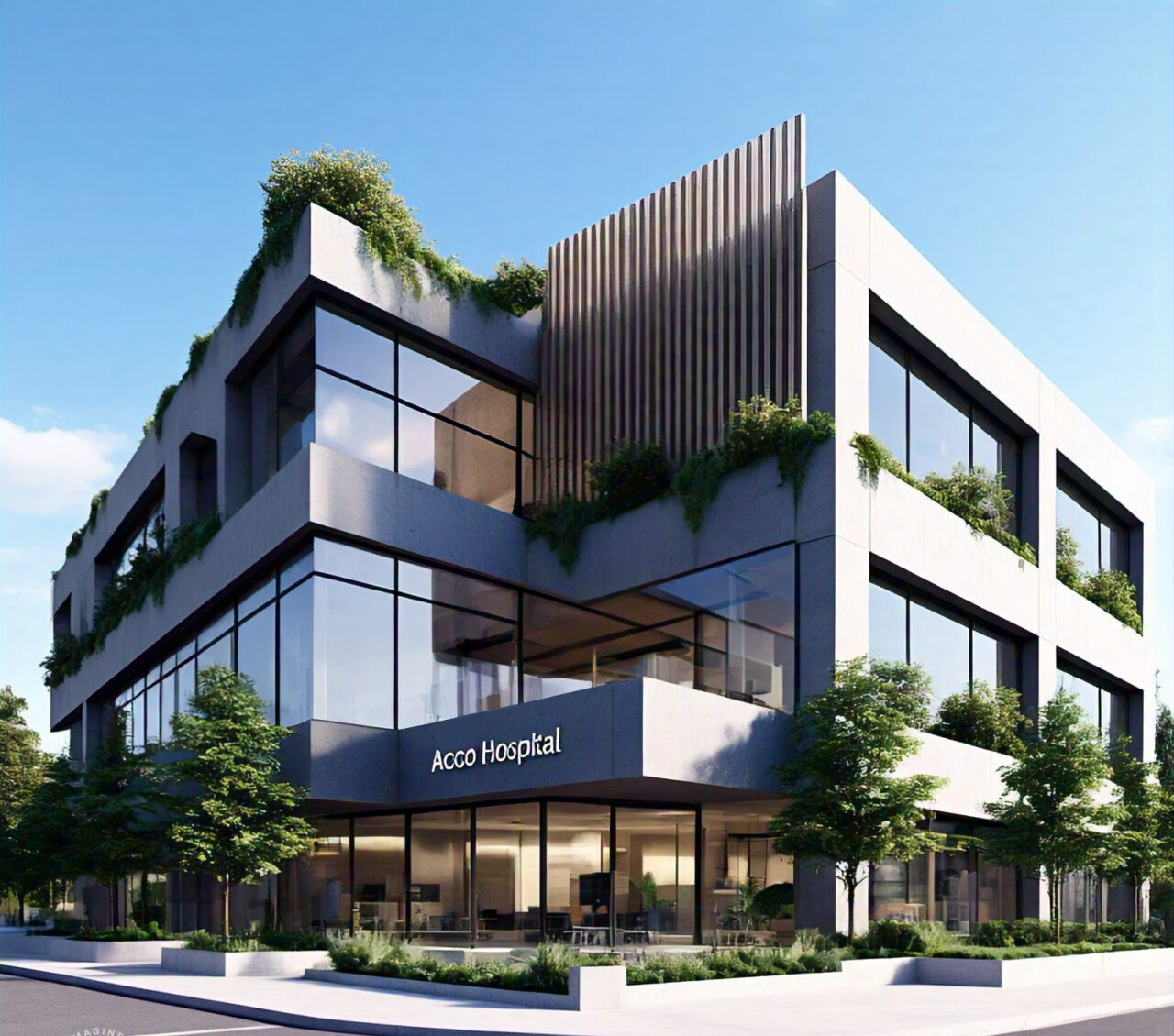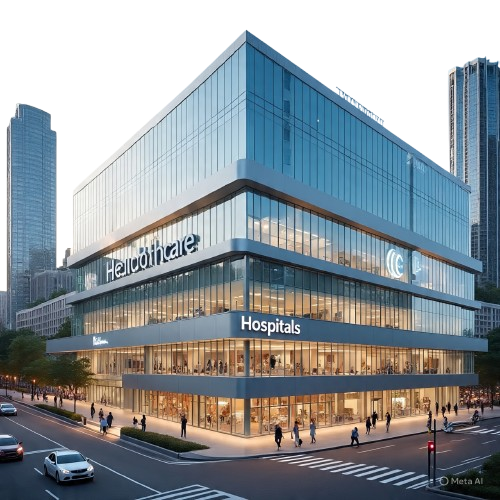
Healthcare Design Transformation in Pakistan
Healthcare design transformation refers to the process of evolving healthcare systems, infrastructure, and services to meet the changing needs of populations while improving outcomes, accessibility, and efficiency. In Pakistan and globally, healthcare design is undergoing significant changes to address challenges such as population growth, chronic diseases, technological advancements, and shifting patient expectations.
1. Infrastructure Development
Pakistan’s healthcare infrastructure has seen a mix of public and private investments to modernize hospitals, clinics, and healthcare centers. However, the country faces a dual challenge: ensuring access to rural and underserved communities while improving the quality of care in urban centers. Key areas of focus include:
- Smart Hospitals: New hospital projects are increasingly adopting smart technologies that improve efficiency through automation, better patient flow, and digital health records.
- Primary Healthcare Revitalization: There is a growing emphasis on strengthening the primary healthcare system. The burden on tertiary care can be reduced by designing healthcare facilities that cater to preventative care and chronic disease management.
- Public-Private Partnerships (PPPs): To enhance the quality of care, public-private partnerships have been formed. These are helping to introduce world-class infrastructure and operational efficiency in Pakistan’s healthcare system, especially in urban centers.
2. Technology Integration
Digital health is emerging as a transformative force in Pakistan’s healthcare design. Key areas of advancement include:
- Telemedicine: Telemedicine services have expanded, especially in rural areas, to provide remote consultations and care. This is helping bridge the urban-rural healthcare divide.
- Electronic Health Records (EHRs): Many hospitals and clinics are adopting electronic health record systems to streamline patient management and improve the quality of care.
- AI and Data Analytics: Some private healthcare providers are integrating artificial intelligence and big data analytics to predict health trends, monitor outbreaks, and improve diagnostic accuracy.
3. Patient-Centered Care
With an increasing focus on patient-centered care, healthcare design in Pakistan is shifting towards creating environments that enhance the patient experience.
- Patient Comfort and Accessibility: Hospitals are incorporating designs that prioritize patient comfort, easier navigation, and accessibility for all, including people with disabilities.
- Culturally Sensitive Designs: In a culturally diverse country like Pakistan, healthcare design must account for local customs and religious practices, ensuring that hospitals and clinics offer privacy and dignity to patients from various cultural backgrounds.
4. Sustainability in Healthcare Design
Sustainability is gaining importance in healthcare design, with a focus on energy-efficient buildings, waste reduction, and environmentally friendly practices. This is becoming crucial as hospitals are large consumers of energy and produce significant waste. Green building initiatives are slowly taking root, although more widespread adoption is needed.
Global Healthcare Design Transformation
Pakistan’s efforts reflect broader global trends in healthcare design, where innovation and sustainability are paramount. Key trends shaping global healthcare design include:
1. Human-Centered Design
Globally, healthcare is shifting towards designs that prioritize human well-being, addressing both the physical and emotional needs of patients and caregivers. This includes designing spaces that are calming, with natural lighting, open spaces, and greenery.
2. Technological Innovations
Technological advancements such as AI, robotics, virtual reality, and telemedicine are redefining the way healthcare is delivered. Global healthcare systems are leveraging these tools to improve precision medicine, diagnostics, and treatment outcomes, while also reducing costs.
- Wearable Health Tech: The integration of wearable health technologies is revolutionizing patient monitoring and chronic disease management, allowing for continuous health data collection.
- Digital Twin Technology: In some countries, digital twin technology is being used to create virtual replicas of patients or healthcare systems to model and predict health outcomes.
3. Sustainability and Green Healthcare
Many countries are pushing for environmentally sustainable healthcare facilities, utilizing energy-efficient building designs, renewable energy, and waste reduction strategies. This not only benefits the environment but also reduces long-term operational costs.
4. Flexible and Adaptive Spaces
Healthcare facilities worldwide are designing flexible spaces that can be reconfigured quickly in response to health crises like pandemics. Hospitals are now incorporating designs that allow for quick conversion of wards, operating rooms, and ICUs to meet different patient demands.
5. Aging Populations
In many parts of the world, aging populations are driving the need for geriatric-focused healthcare designs. This includes designing facilities that are accessible to elderly patients, with attention to mobility, safety, and specialized care for chronic conditions.
Conclusion
Healthcare design transformation, both in Pakistan and beyond, reflects the growing need to build systems that are more resilient, patient-centered, and technologically integrated. In Pakistan, while challenges related to infrastructure, access, and rural-urban healthcare divides remain, ongoing reforms and innovations point towards a future of improved healthcare delivery. Globally, advancements in technology, sustainability, and adaptive healthcare design are setting new benchmarks, offering valuable lessons for Pakistan as it continues to transform its healthcare landscape.




